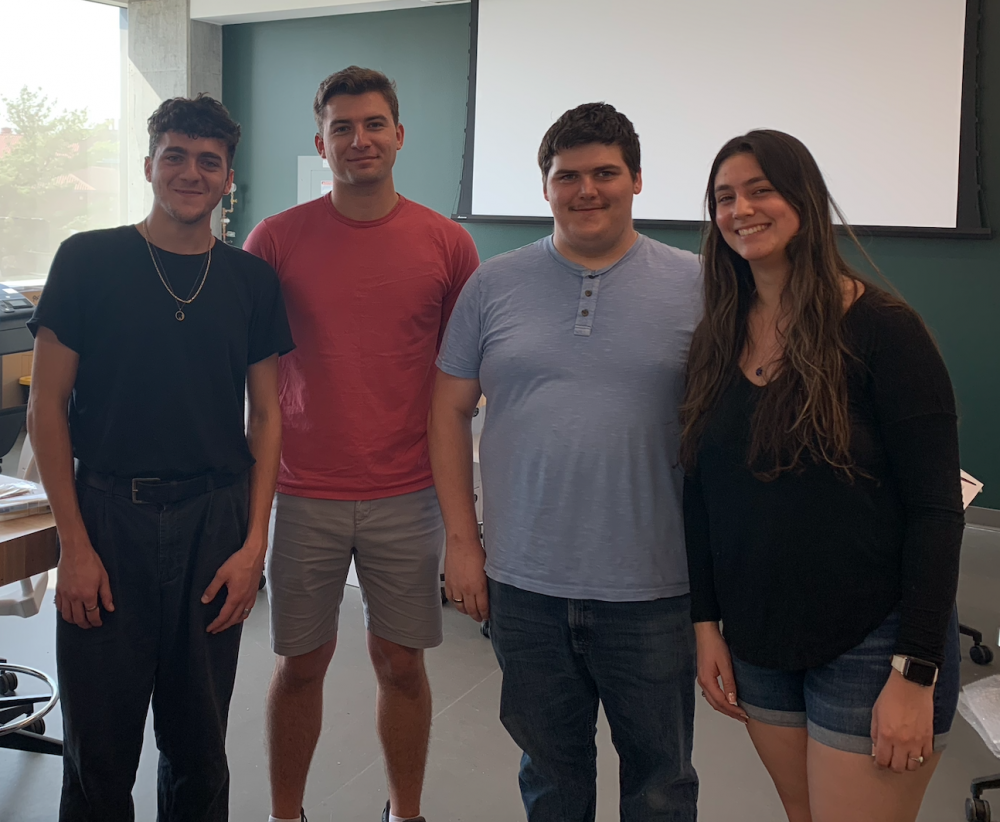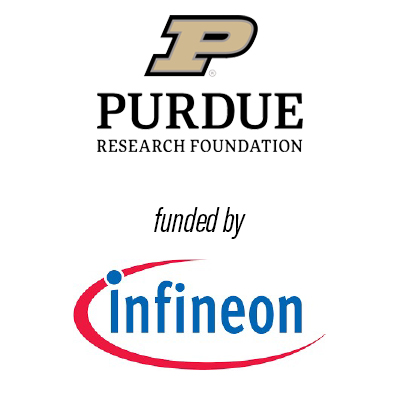With the availability of fresh water becoming more and more scarce, there is a growing need for a water source solution. One that can be replicated worldwide and is cost-effective enough that people from all levels of income can afford it. The use of this technology would have humanitarian impacts well beyond anything that can be expected from current water treatment processes. The treatment of ocean water currently is extremely pricey as well as not readily available for use worldwide. With previous research being accomplished in various papers and successful experiments, the use of aligned carbon nanotubes to act as a filter to make potable water seems to be a viable solution to the growing issue.
Our group spent time reviewing previous research on carbon nanotube alignment, different mediums to suspend CNTs, equipment necessary for the studies, as well as many other articles that relate to this issue. This information was gathered and stored within our group to build on our research and be referenced later throughout our project. Along with research, our team spent time filling out our report with various team-oriented organizations that helped us structure our work. A problem description, problem statement, as well as a defined scope of work was made to refine our goal into a manageable objective. All of these and more requirements for the gate report including our deliverables, a requirement matrix, and exploratory concepts helped to narrow our research into a targeted area.
Our team then began experimentation with a focus on suspending aligned carbon nanotubes in paraffin wax. We made our first breakthrough when our microscope confirmed that the strength of the electric field applied across the CNTs changes the rate at which they align in the wax. We were able to successfully align the carbon nanotubes and then capture them in that state, but figured that paraffin would make a poor material for a filter, so we shifted focus to experimenting with stronger materials. These pucks are made through a combination of UV resin, acetone, and carbon nanotubes. Microscope photos suggest that the CNTs are still aligning within the resin-acetone mixture, so a rigid filter seems promising. Our next point of focus is confirming the porosity of our rigid CNT puck.
A porous, rigid puck with embedded copper mesh and aligned carbon nanotubes would be the next major breakthrough our team is seeking. Nonetheless, there are ongoing experiments to test whether a rigid puck with unaligned carbon nanotubes would check out for porosity as well. That being said, there are current hurdles we must overcome if we want to remain on our critical path. The most important of these issues is confirming porosity. More than anything, our team is optimistic that we have created a reliable, repeatable experimental procedure for creating a rigid puck with aligned CNTs.
Semester of Project:
Team Photo:


